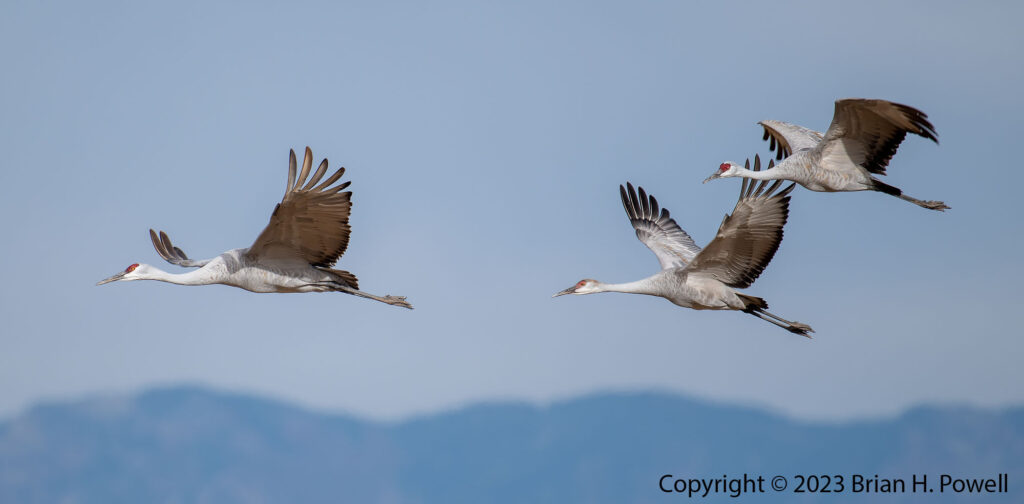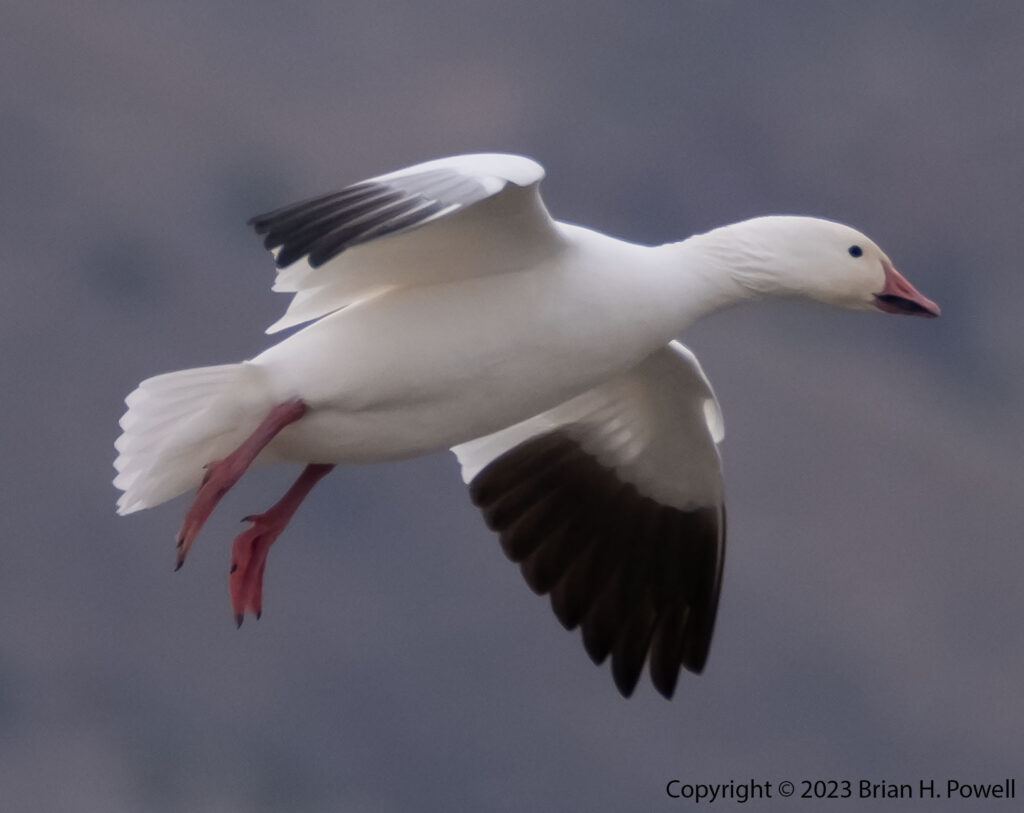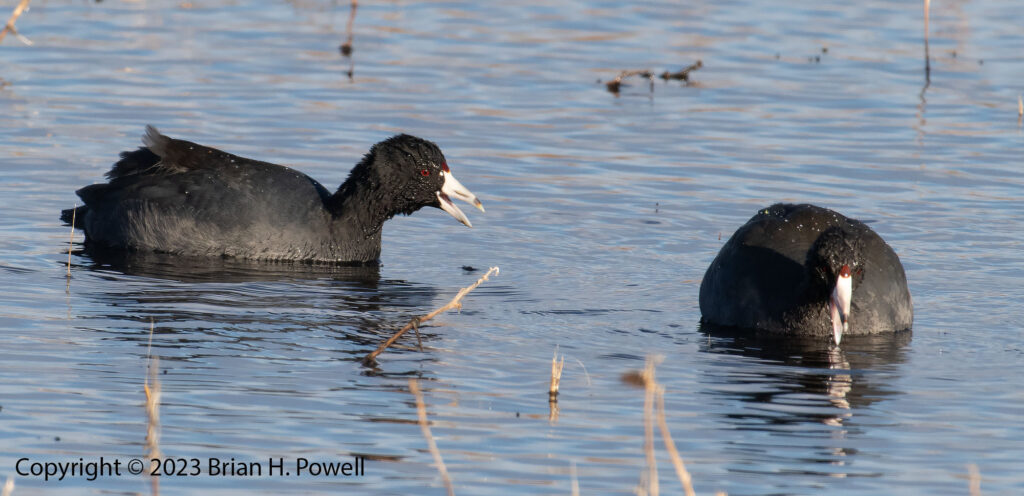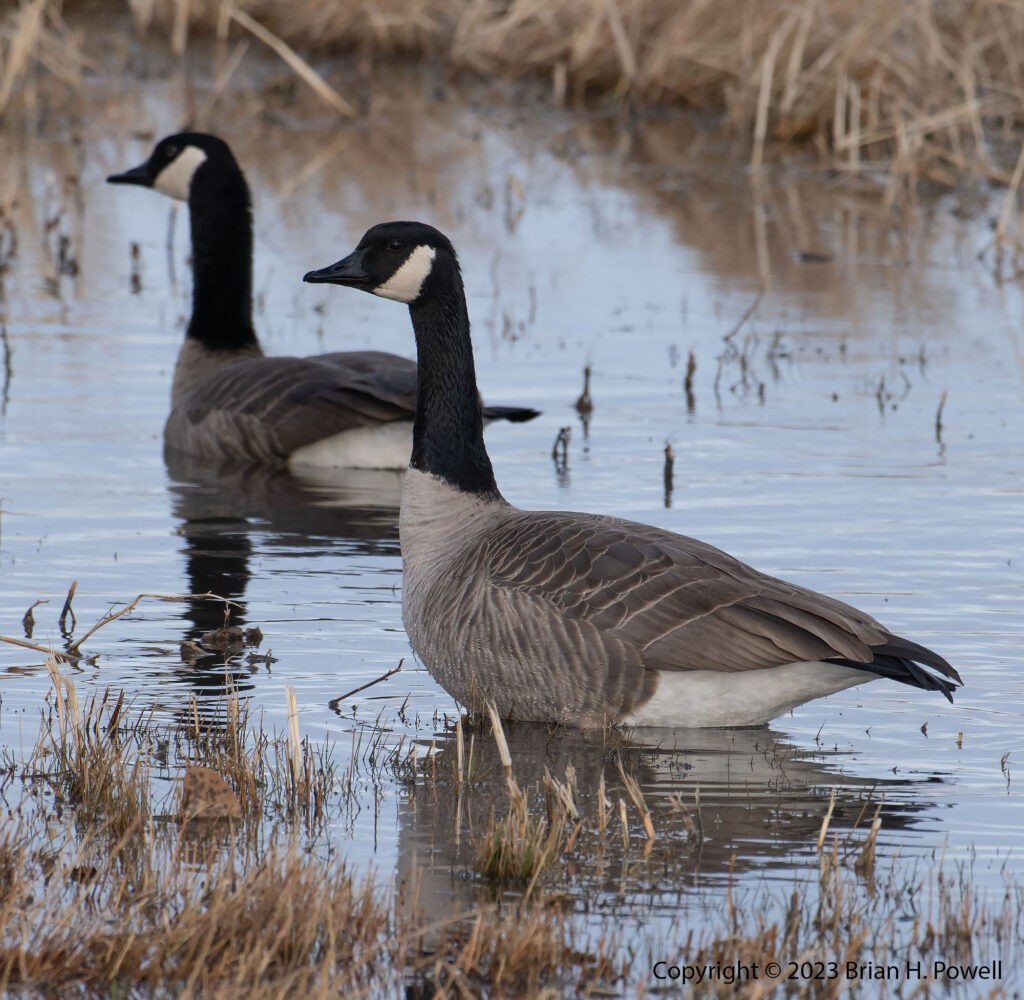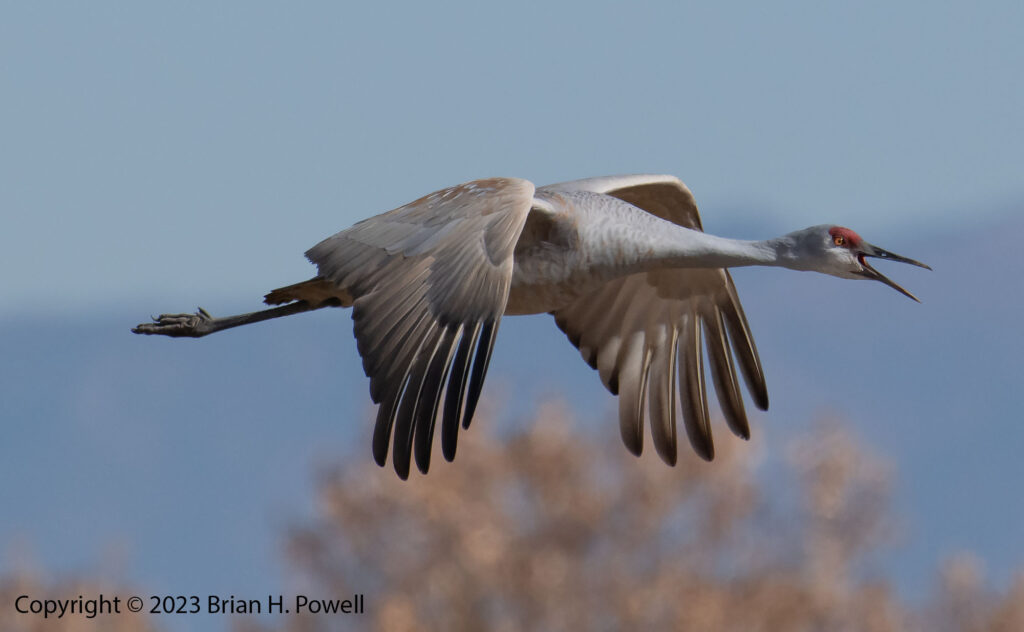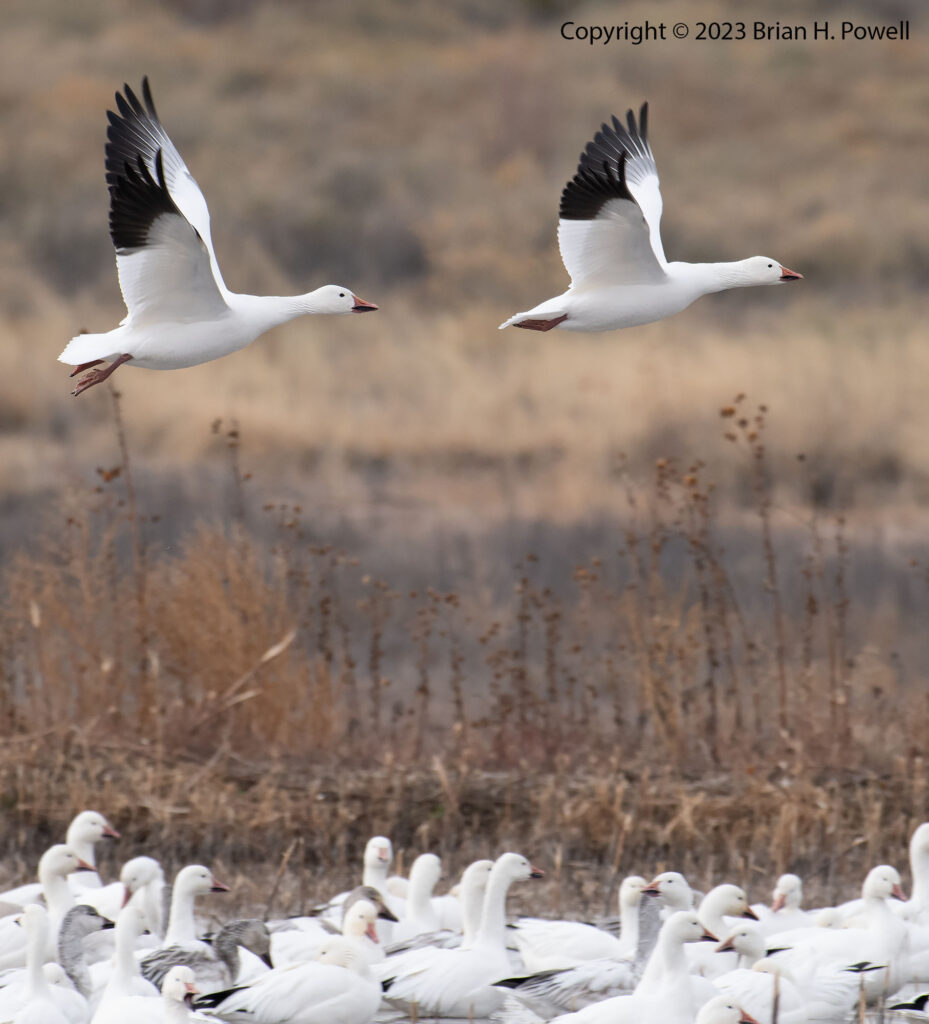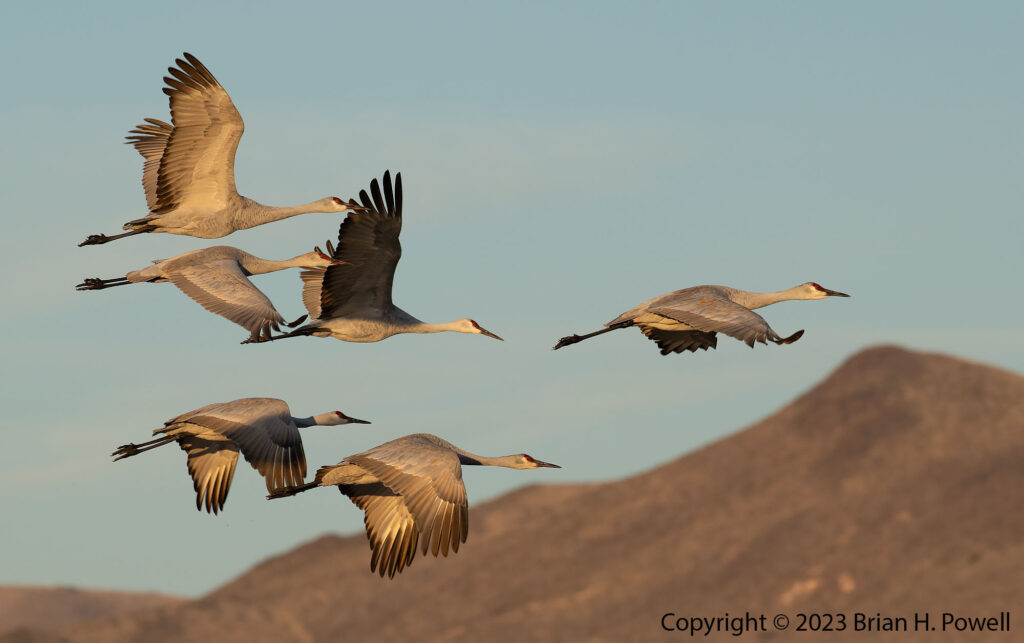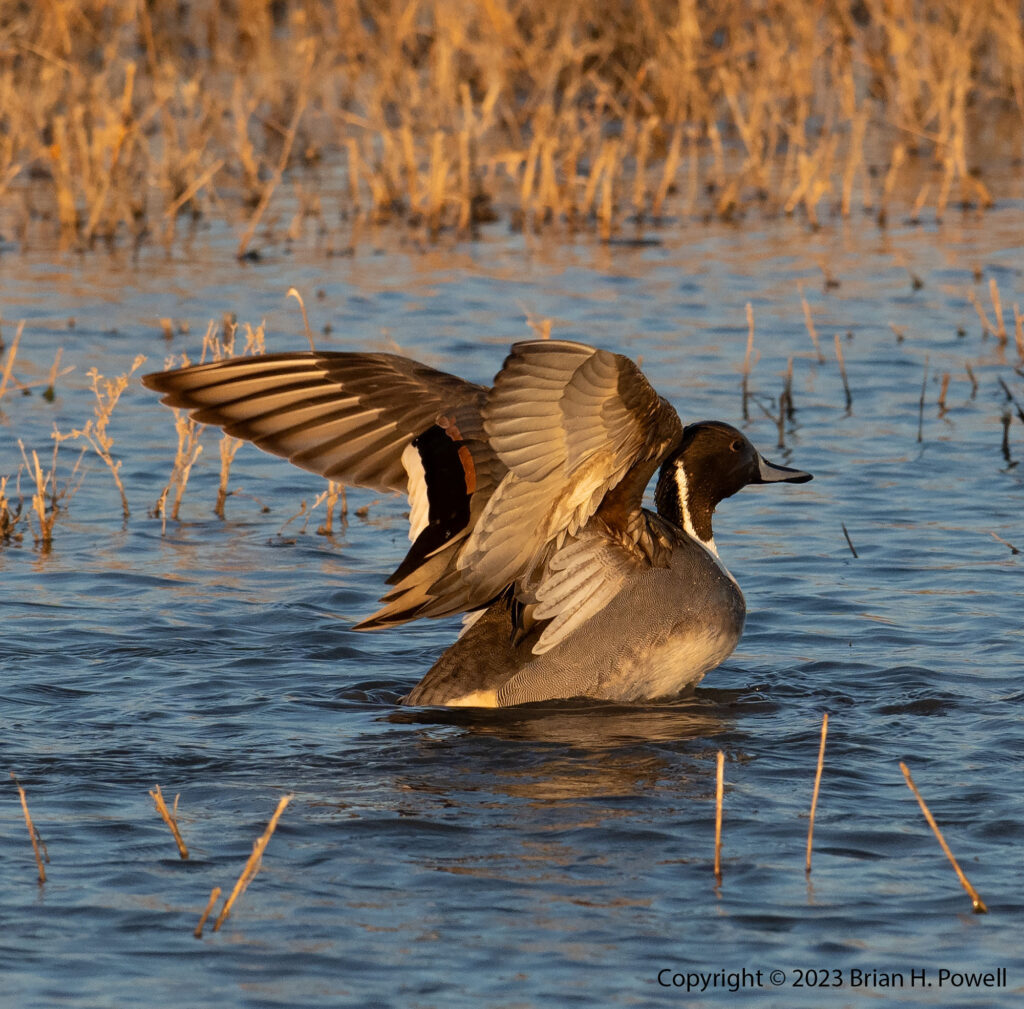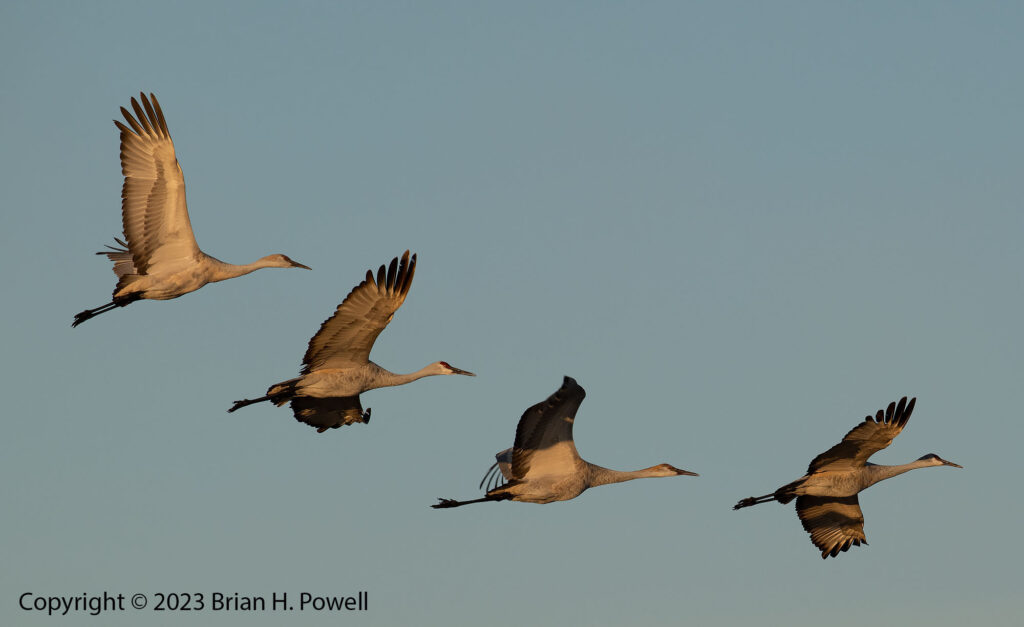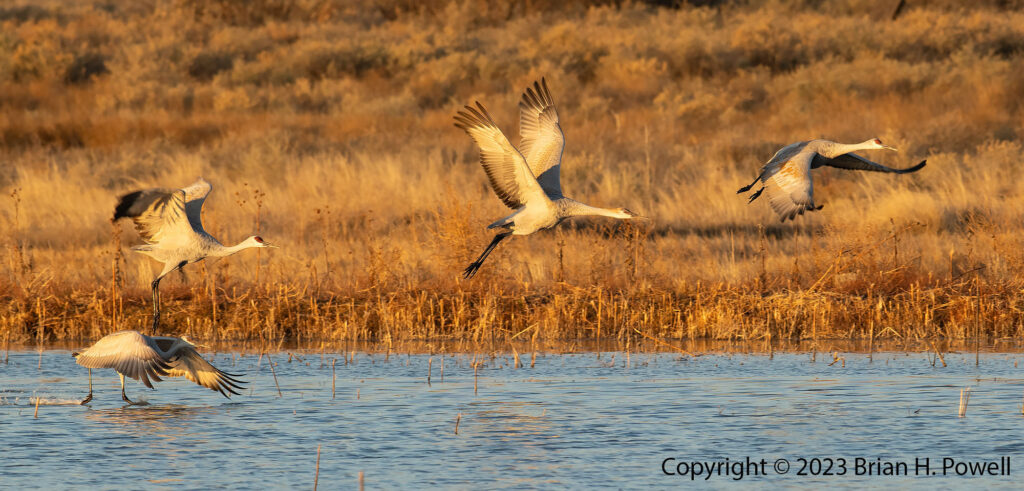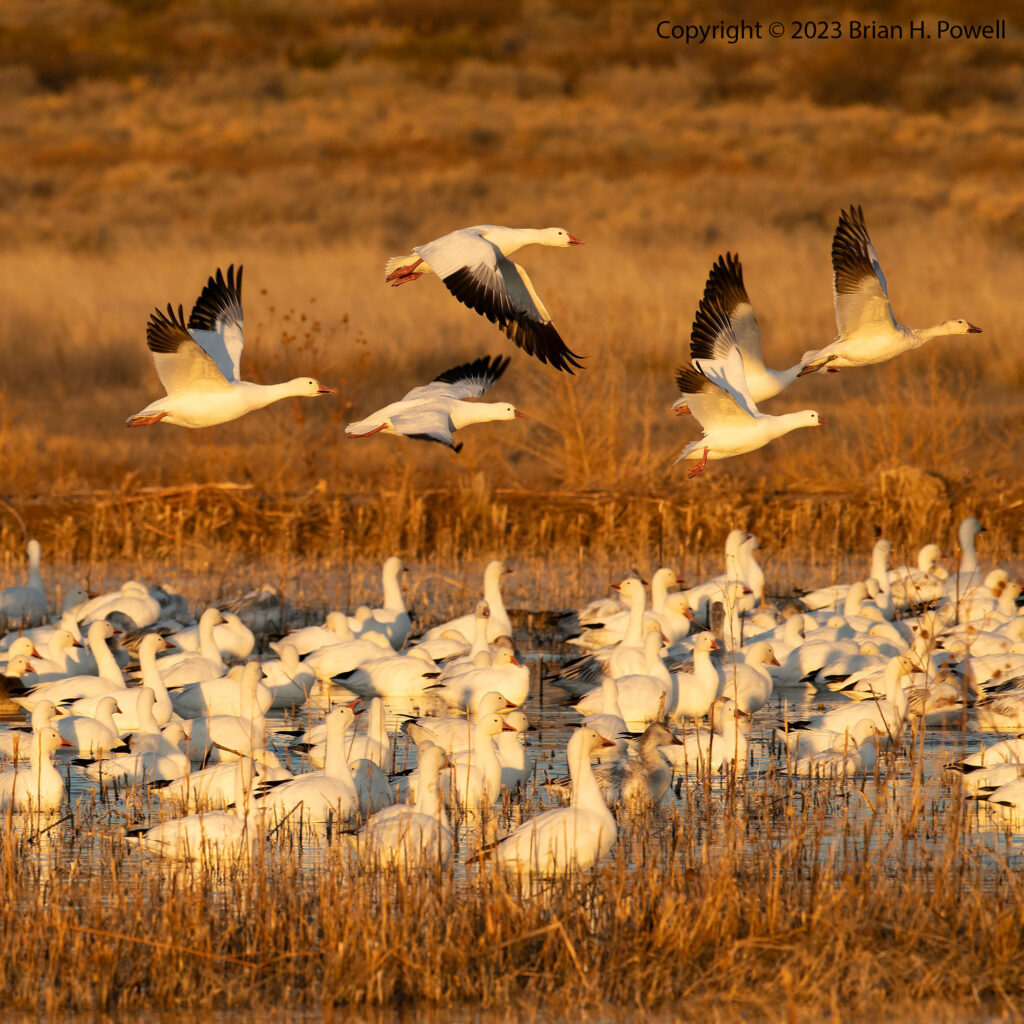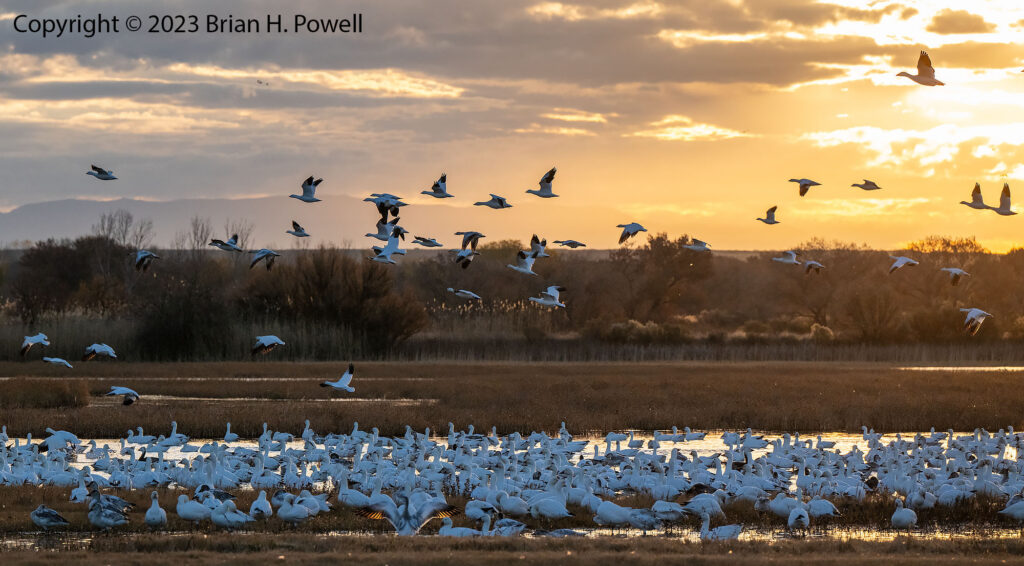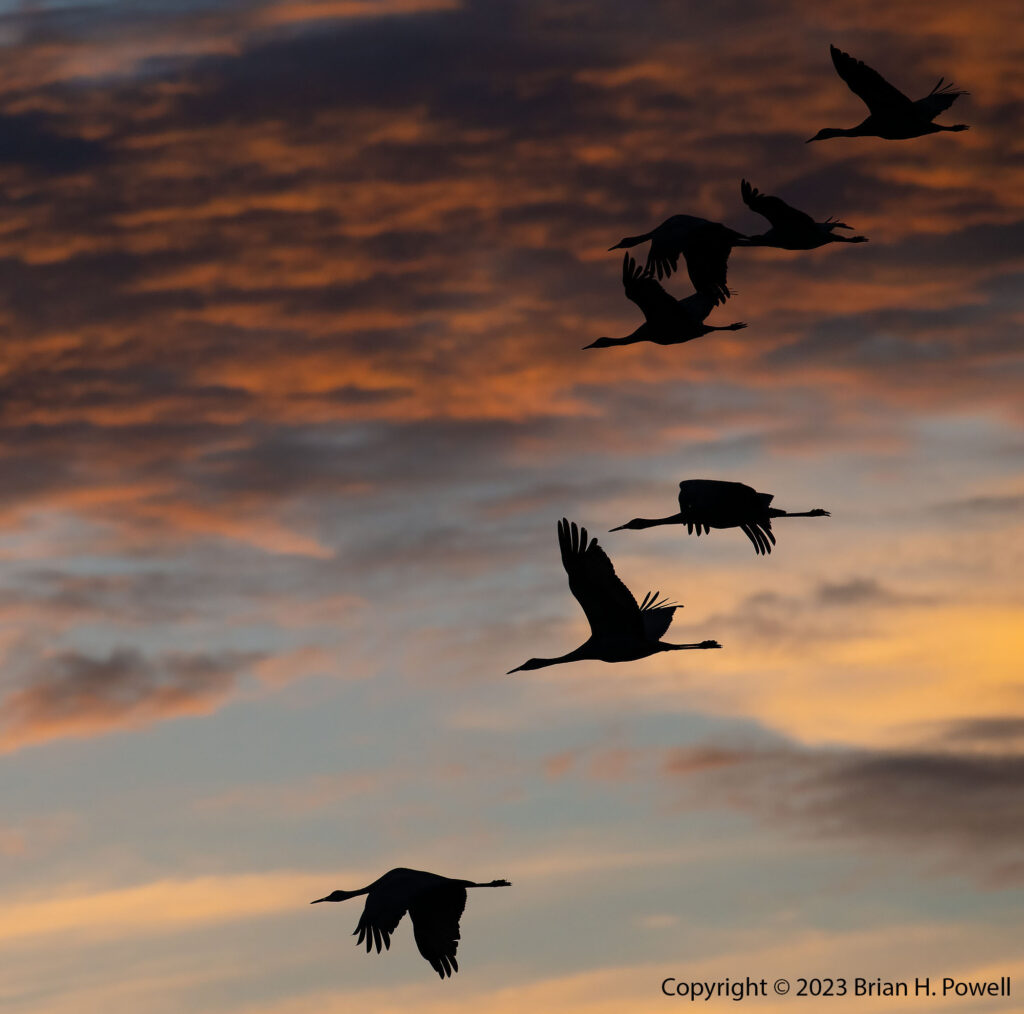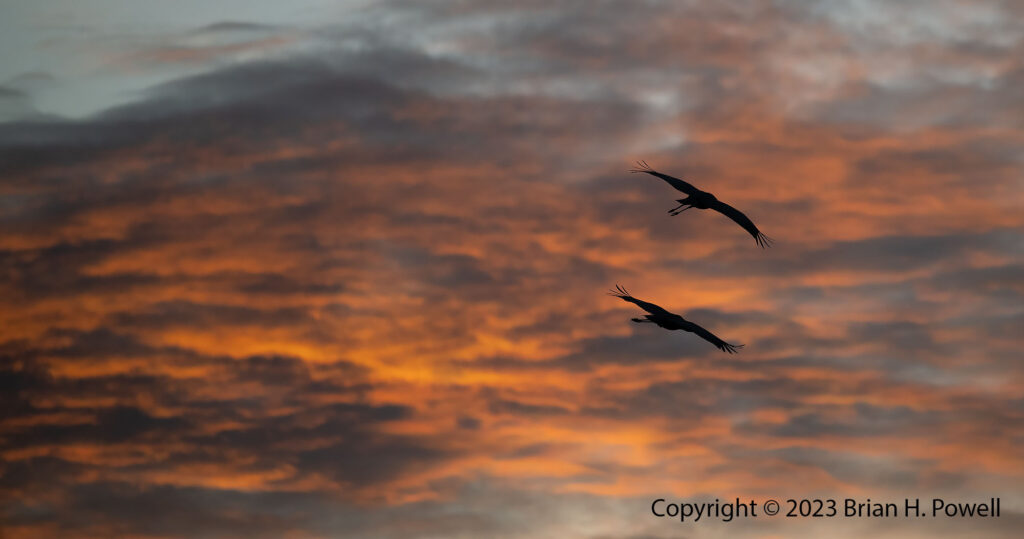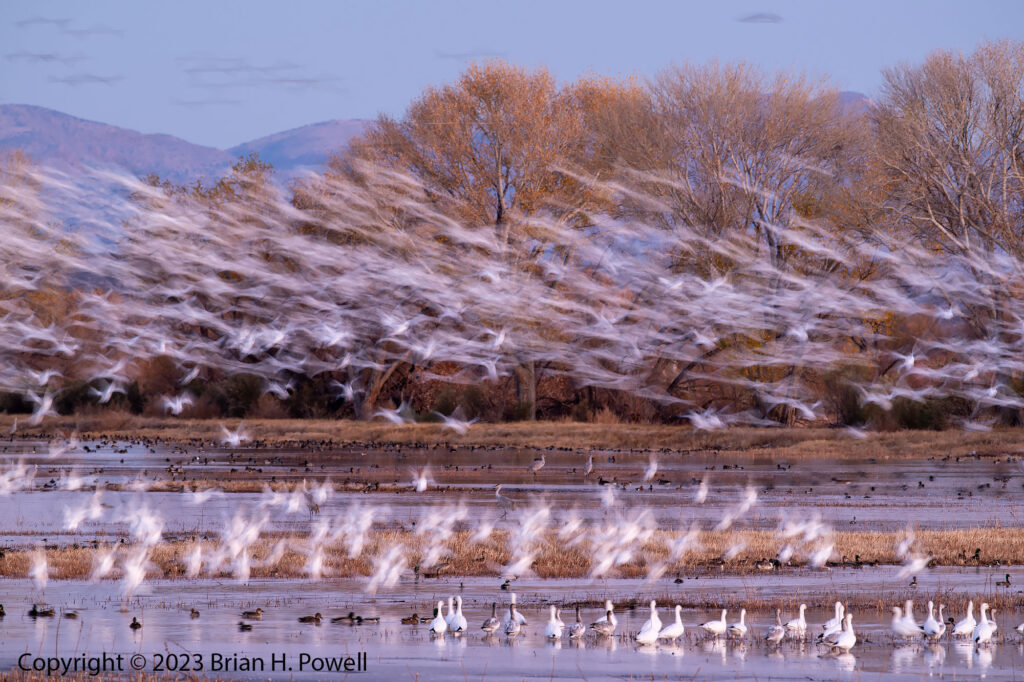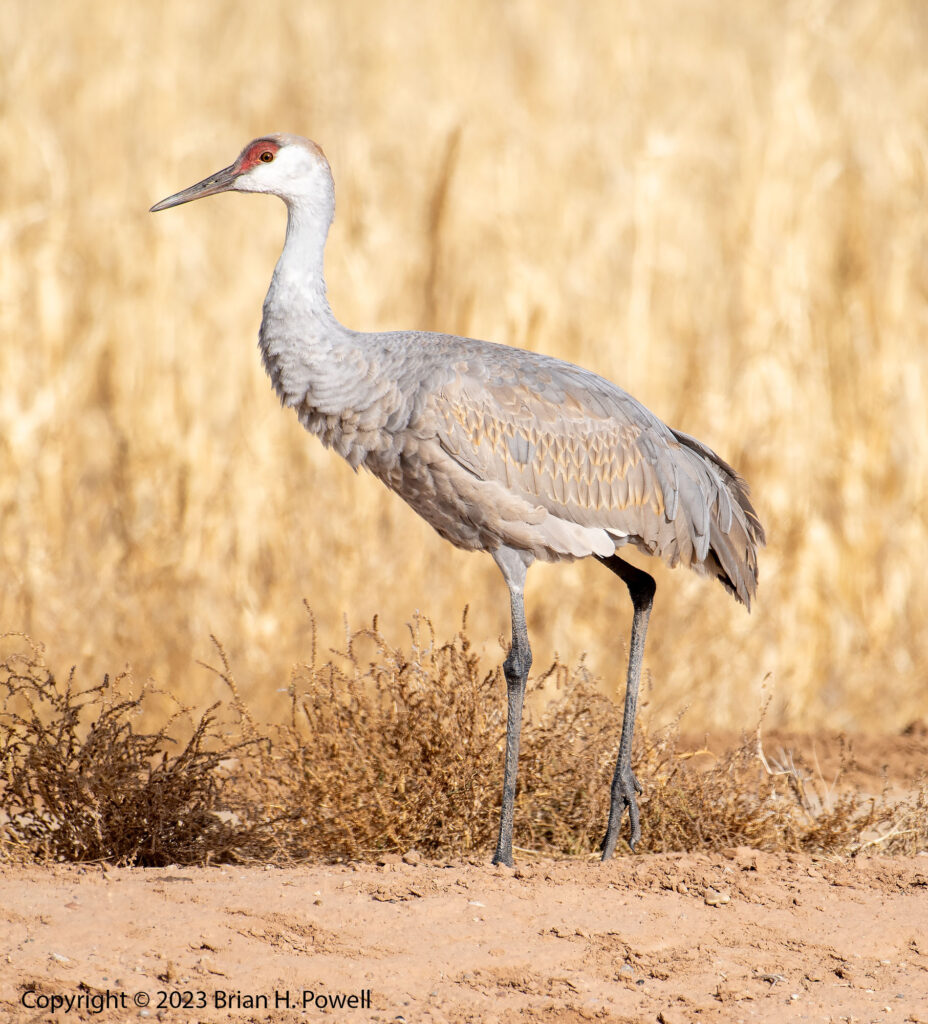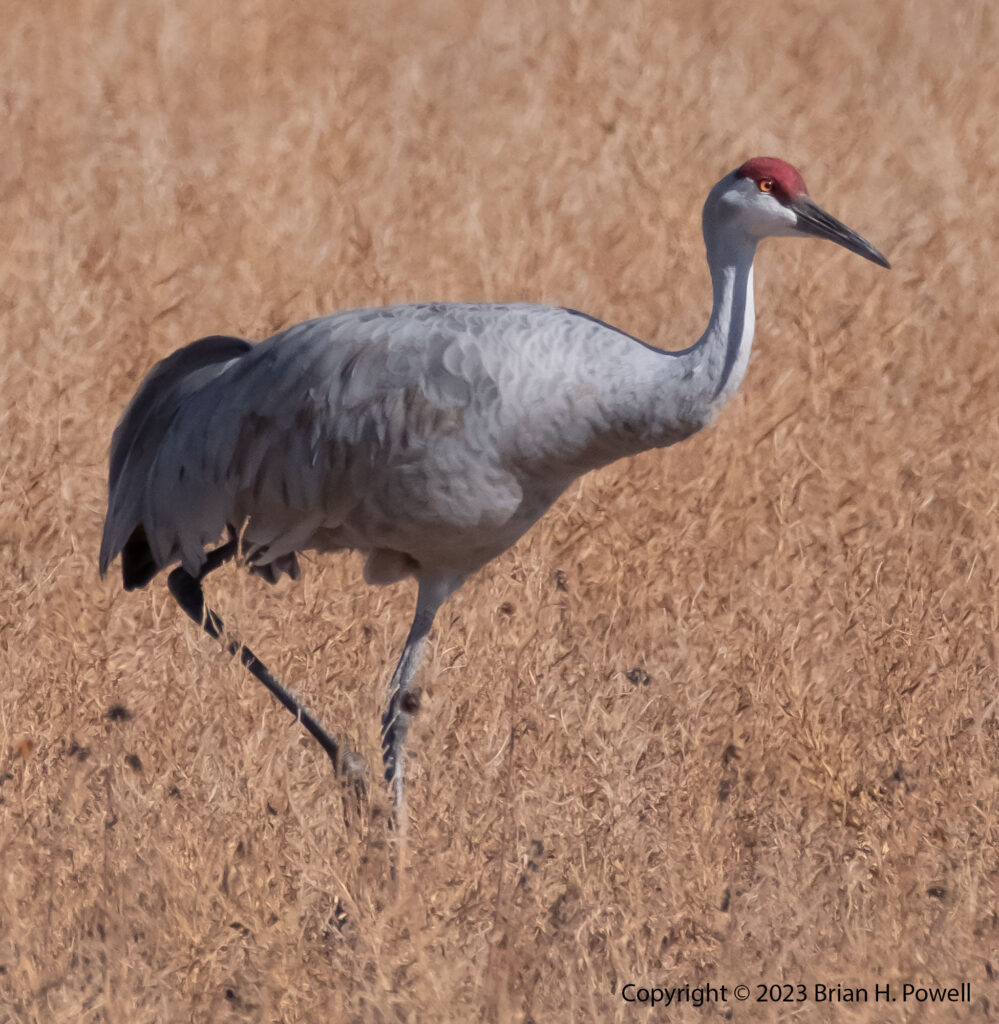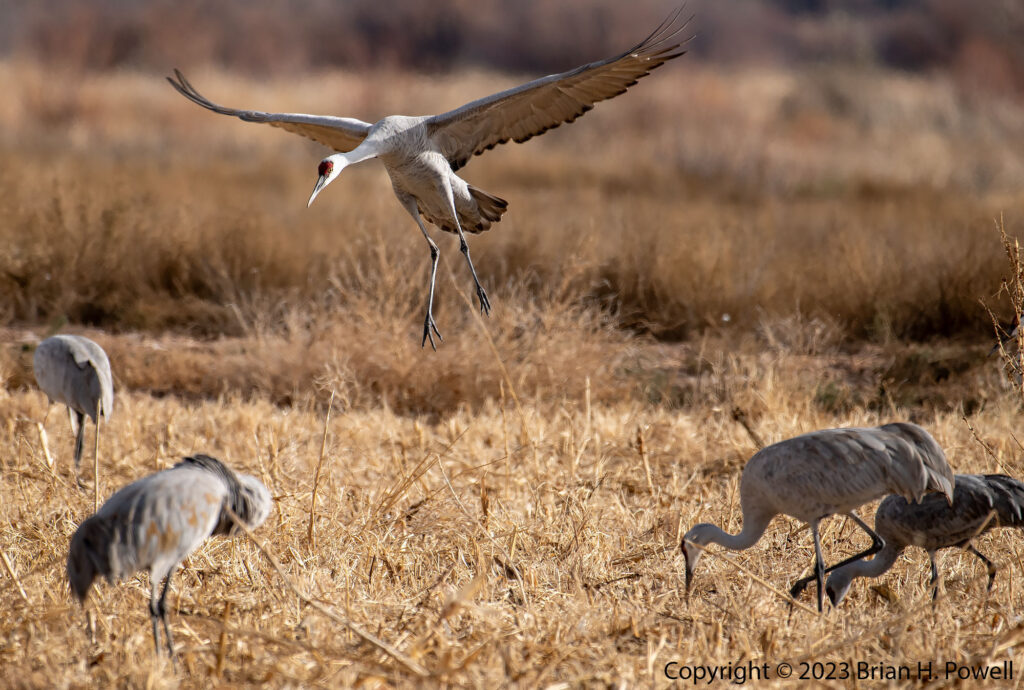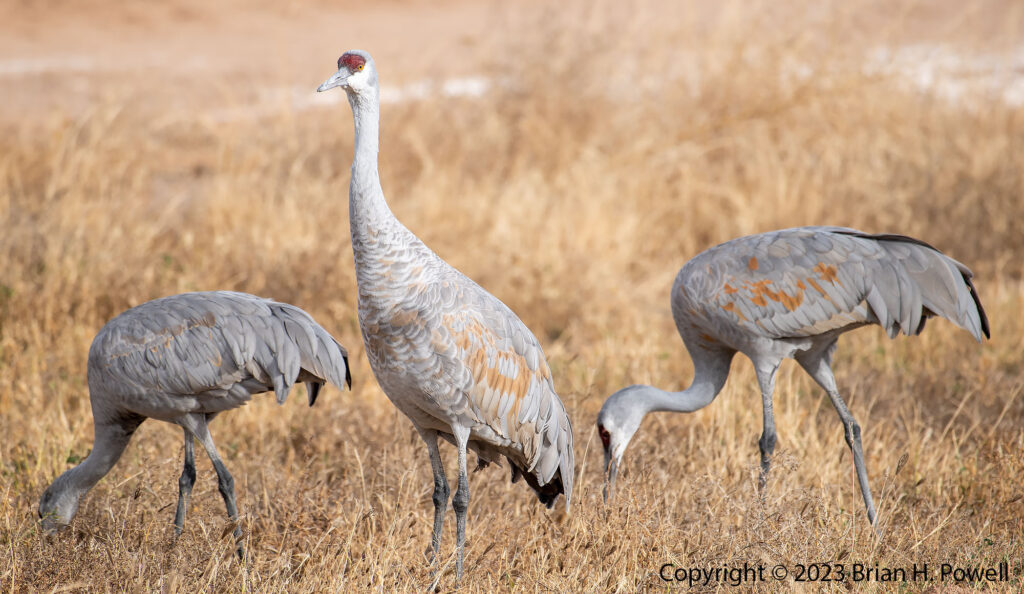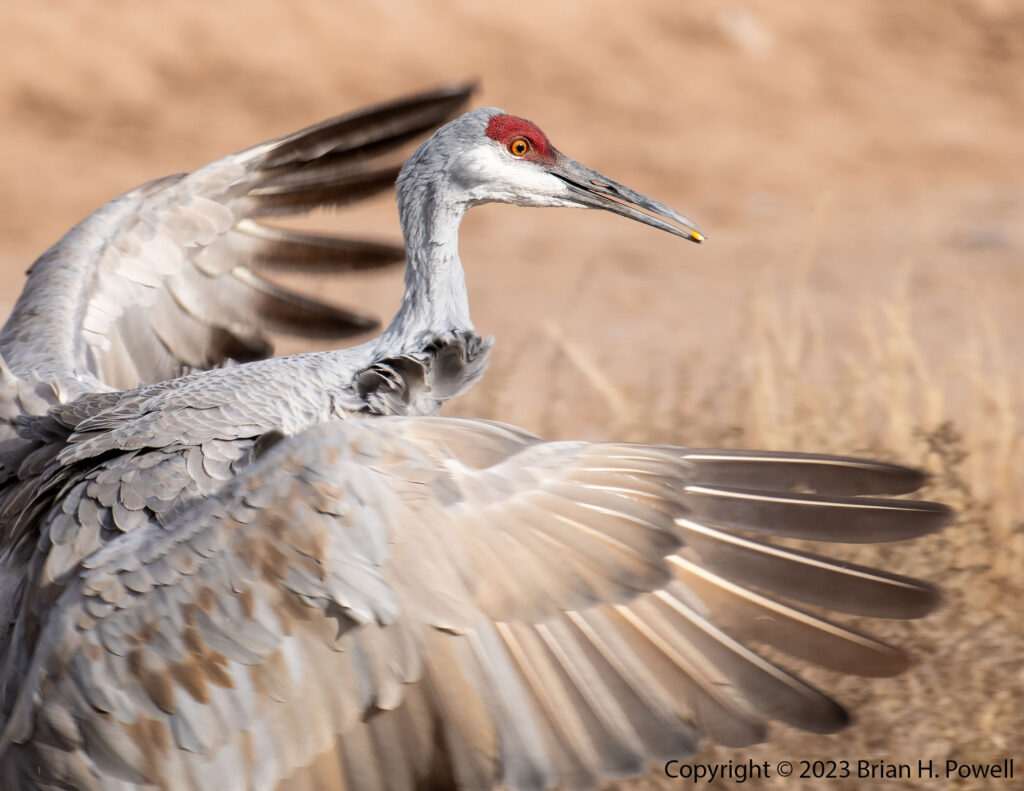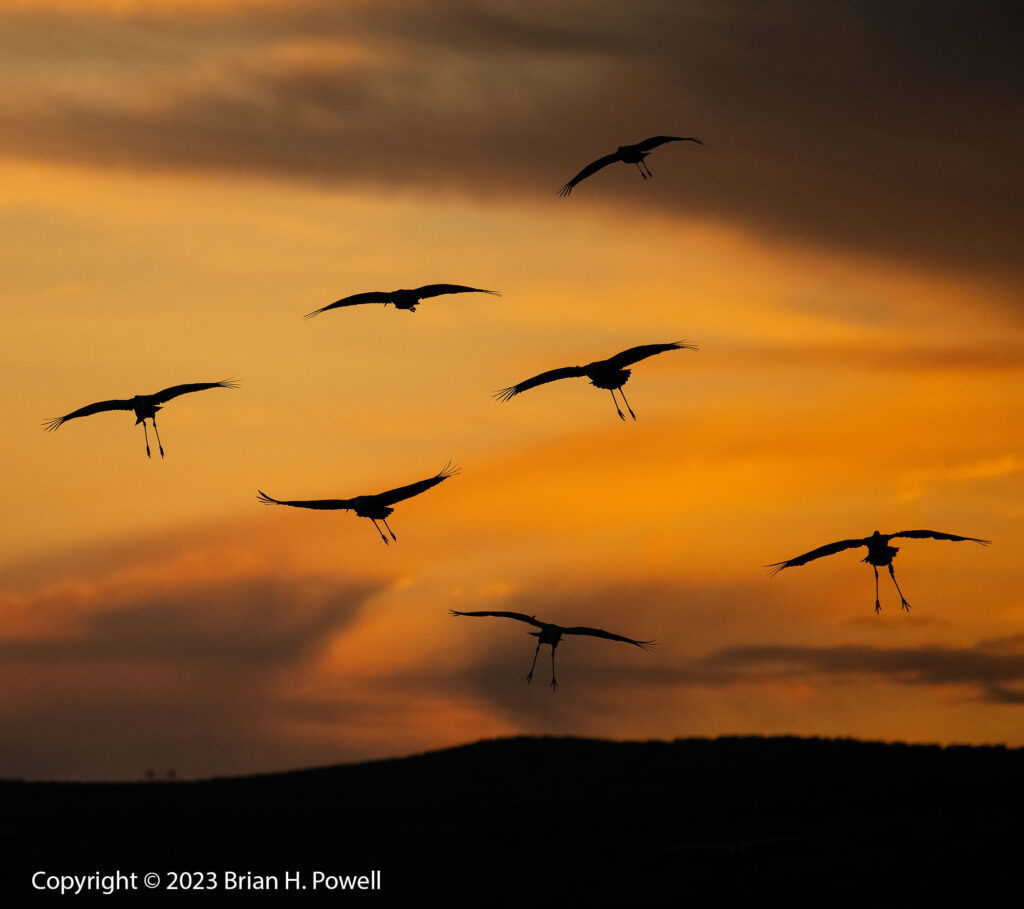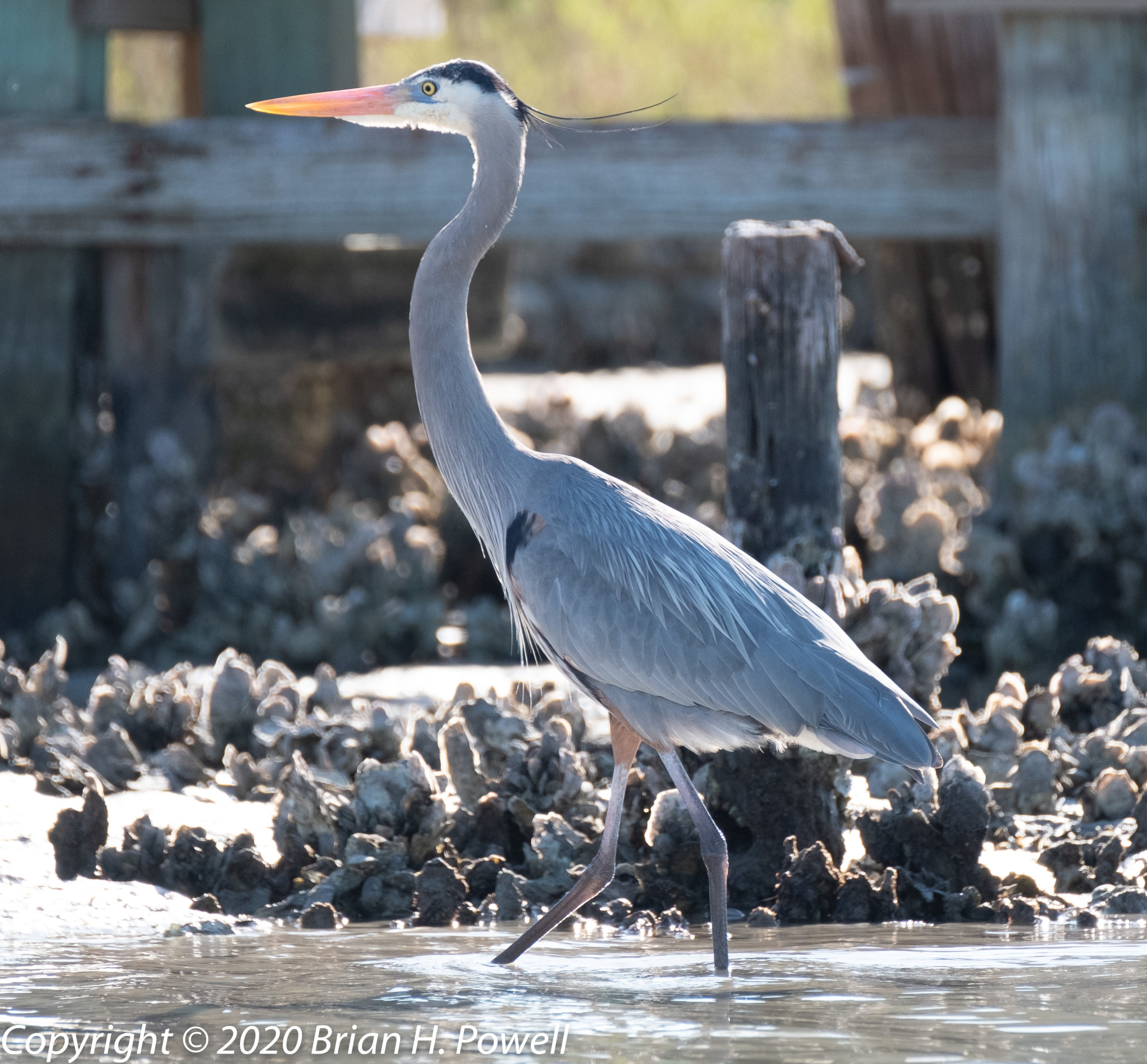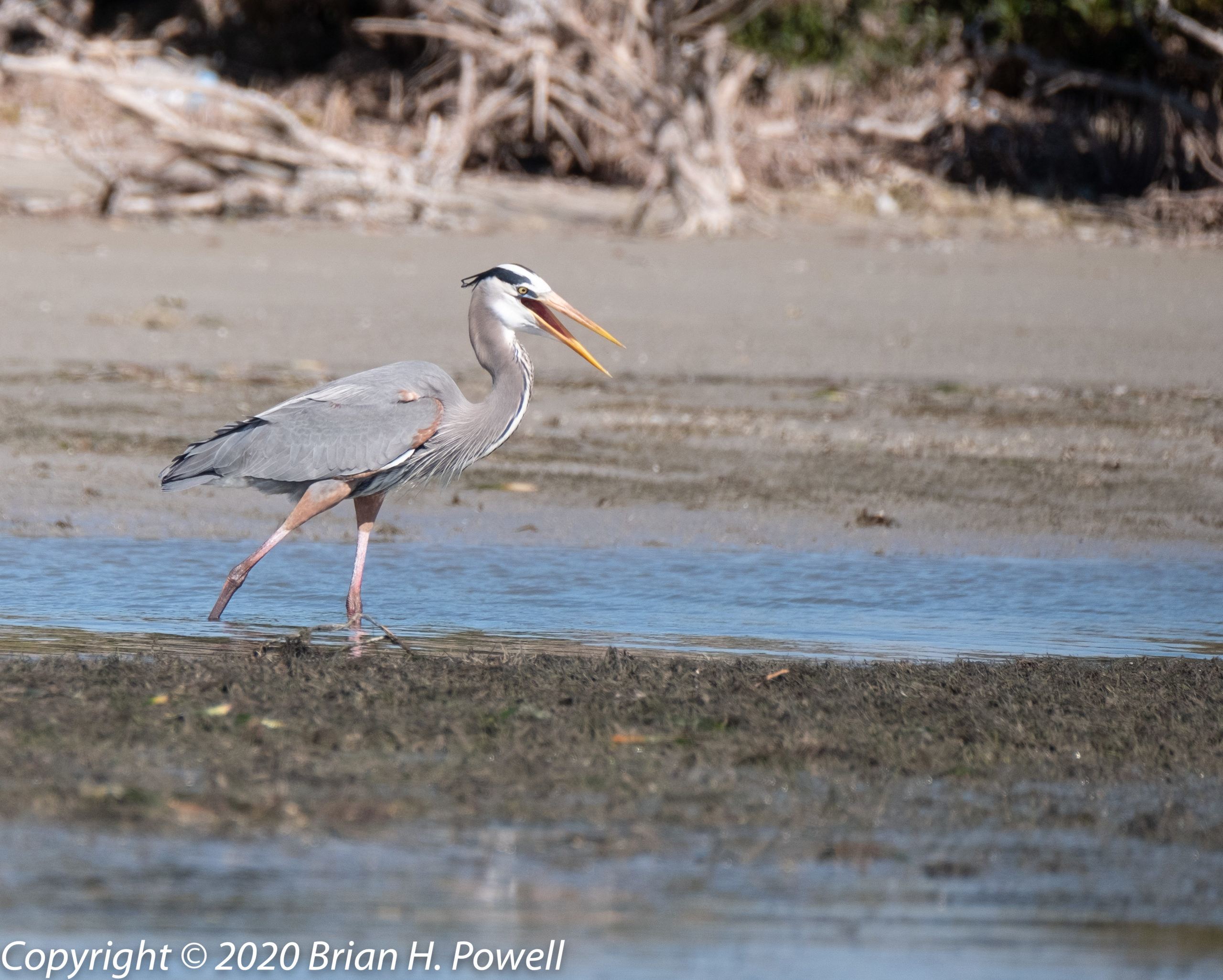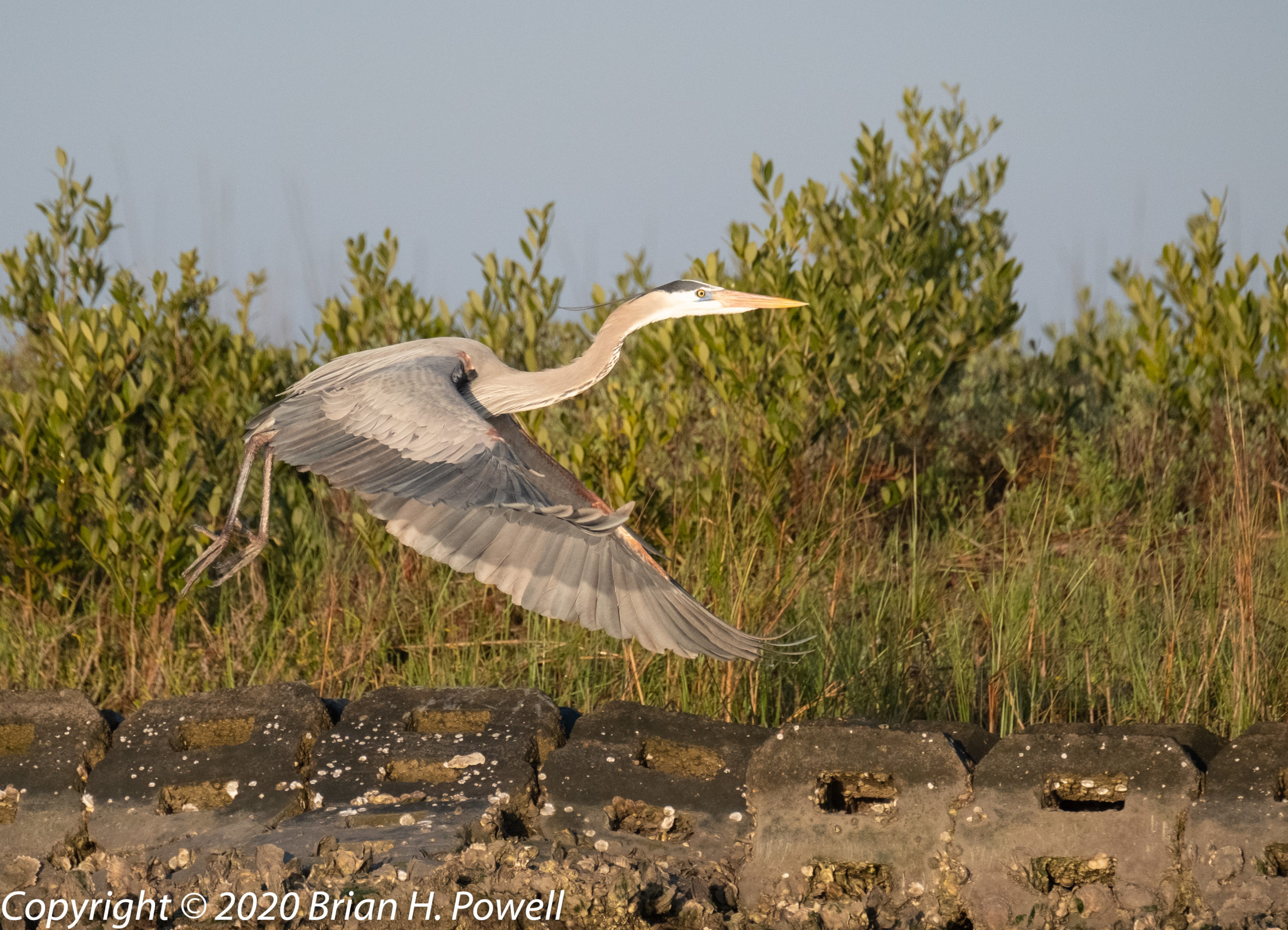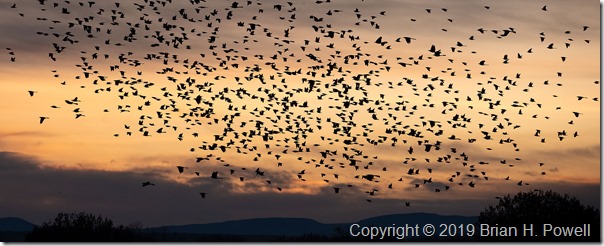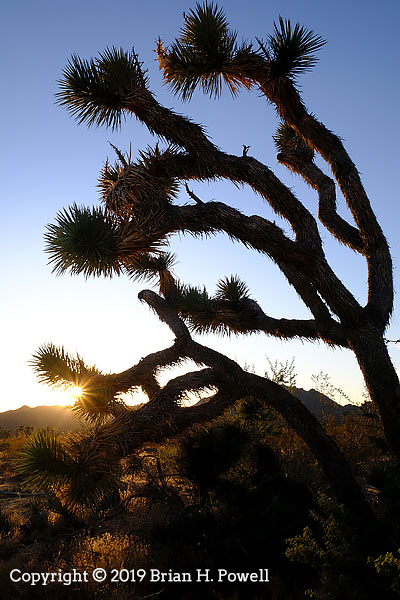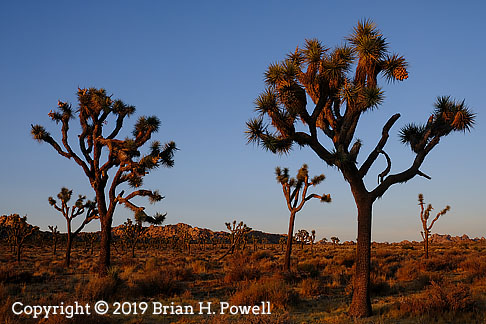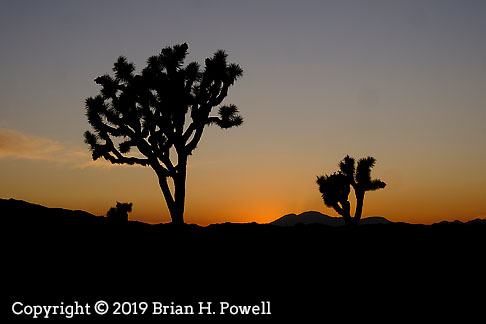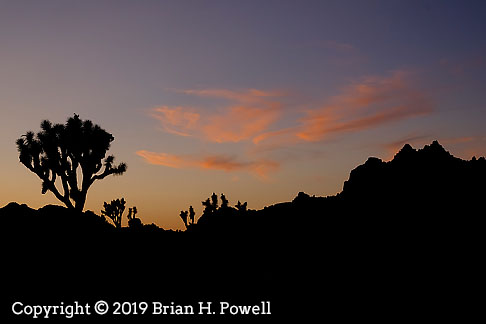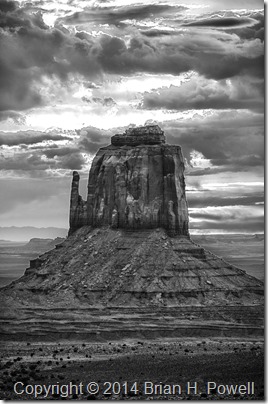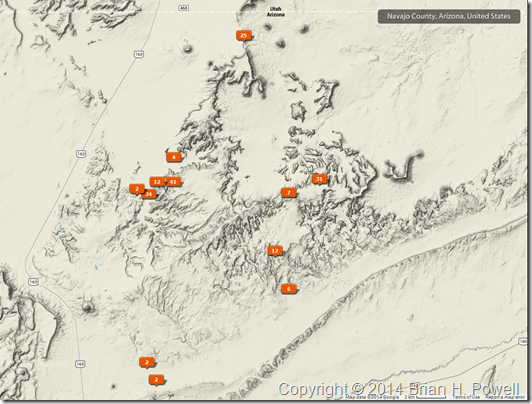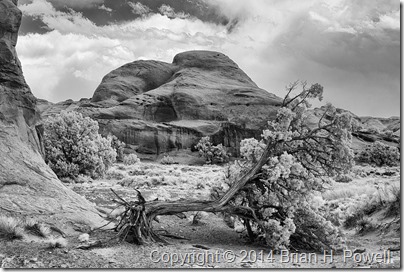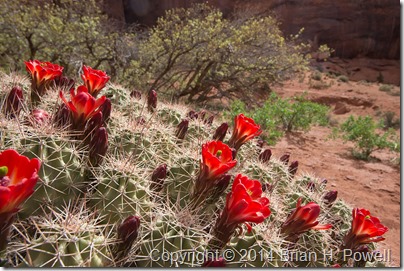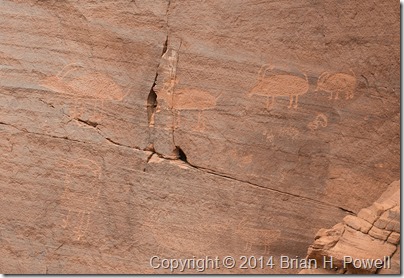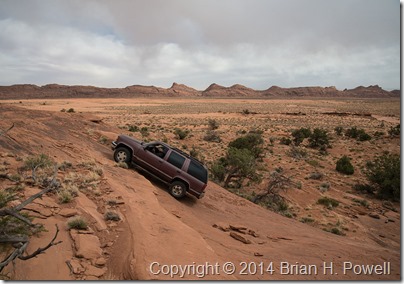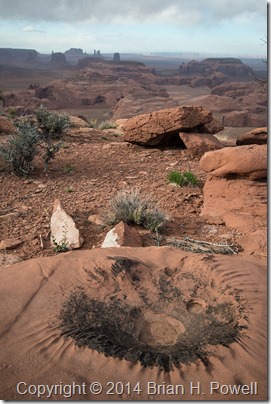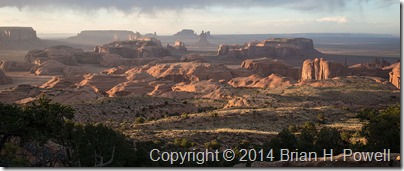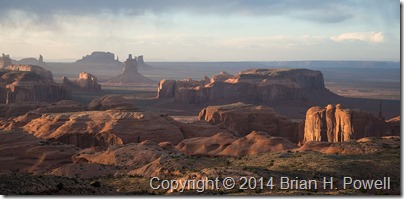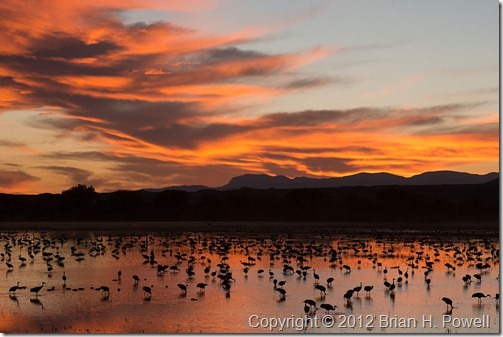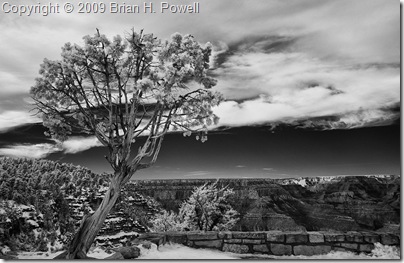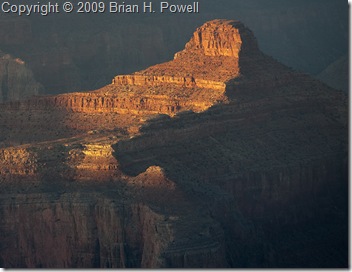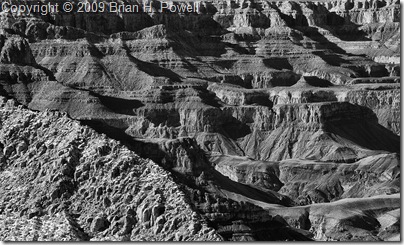Bosque del Apache 2023
Bosque del Apache is a National Wildlife Refuge along the Middle Rio Grande Basin in central New Mexico. This area of the Rio Grande is a wintering ground for many birds, including tens of thousands of Snow and Ross’ Geese, and thousands of Sandhill Cranes.
I first visited the refuge in 2005 with a Nikon F100 film camera and shot six rolls of 36-exposure slide film. I went back each of the next four years with a digital camera, and shot thousands and thousands more photos at the refuge. I kind of got burned out visiting the place, and only went again in 2012, 2019, and this year, 2023. To see photos from some of these earlier trips, visit my posts tagged with Bosque del Apache NWR.
Once upon a time–the mid-1990’s to 2000’s–Bosque del Apache was an amazing hotspot for bird photography. The refuge was managed to have lots of food and marshes for the birds, and photographers had their choice of creative ways to spend sunrise, mid-day, and sunset. Many of the best wildlife photographers ran workshops there. Unfortunately, over the last dozen years or so, the refuge is intentionally being managed to reduce the number of birds that visit and encourage them to winter elsewhere. I suppose there must be reasonable science that justifies that, but it also means that the photographic opportunities are a shadow of what they used to be.
It’s not all doom and gloom. There are still good bird photos to be made. New Mexico sunrises and sunsets are still amazing. Many birds still winter here.
I visited the last week of November. The temperatures ranged from the upper 20’s (Fahrenheit) to mid 50’s. We had a consistently north wind and dry days. Some days were mostly cloudy. Some were mostly clear, with high clouds.
I woke up early on Sunday and drove about ten hours to the refuge. I managed to make it in time to drive around the refuge once. I was disappointed to see that it’s still not set up well for photography. Only a few areas are set up to attract birds, they are often set well back from the roads, and the grasses at the edge of the road are often six to ten feet high–obscuring the sightlines.
Anyway, I watched sunset from the last remaining crane pool that’s by the highway to watch Sandhill Cranes fly in for the night.
Click any of the images in this post to view them larger.
As is usual, I spend the first 24 hours or so figuring out what the birds are doing at different times of day. It all depends on where the water is, where the food is, where the wind is coming from, how cold it is, and other factors. The birds don’t always follow a fixed plan, but they are fairly consistent from day to day.
On Monday morning about an hour before dawn, I drove around the north half of the refuge again and–unsure of the best place to start–ended up near the Flight Deck area inside the refuge. There weren’t a ton of birds there, but there were dozens of photographers getting set up. I set up, too, and waited to see what would happen. Soon there was a flock of snow geese blasting off from the back (east side) of the refuge and they worked their way over to us and landed in the water near the Flight Deck. I made a mental note to try to find their overnight location so I could see them before they flew off. Each of the next two mornings, I set up on the east side–with almost no one else around. Well, it was me and several thousand birds.
As you can see from the photos above, it was warm enough (mid 20’s) that the snow geese took off before sunrise. If it is ten degrees or so colder, the geese often wait until after the sun is up to take off, giving more color from the sun and sky.
During the day on Monday, not much was happening with birds in Bosque, so I drove about 45 miles north to the Ladd S. Gordon Waterfowl Complex, another one of the refuges along the middle Rio Grande. It’s run by the New Mexico Department of Game and Fish. I am glad I visited–a thousand or more Sandhill Cranes were there. In a lot of ways, it reminded me of a small version of how Bosque used to be–corn close to the roads and clear views to where the birds are.
I’d end each afternoon back at the one crane pool along the highway to watch for geese and cranes to fly in. On Monday, the high clouds in the sky had me hoping for a beautiful sunset. But, it looked like it would consist of only a small patch of amber sky. I made the best of it–I’d wait for cranes to pass in front of the amber color to land.
But soon enough, the sky lit up red, the way New Mexico sunsets sometimes do. I grabbed my other camera with a wide-angle lens so I could capture it. It was a beautiful end to a good day.
Despite my disappointment that the refuge isn’t as good for photography as it once was, I’m still glad I visited for a few days. Below are a few more photos. (Click to enlarge.)
